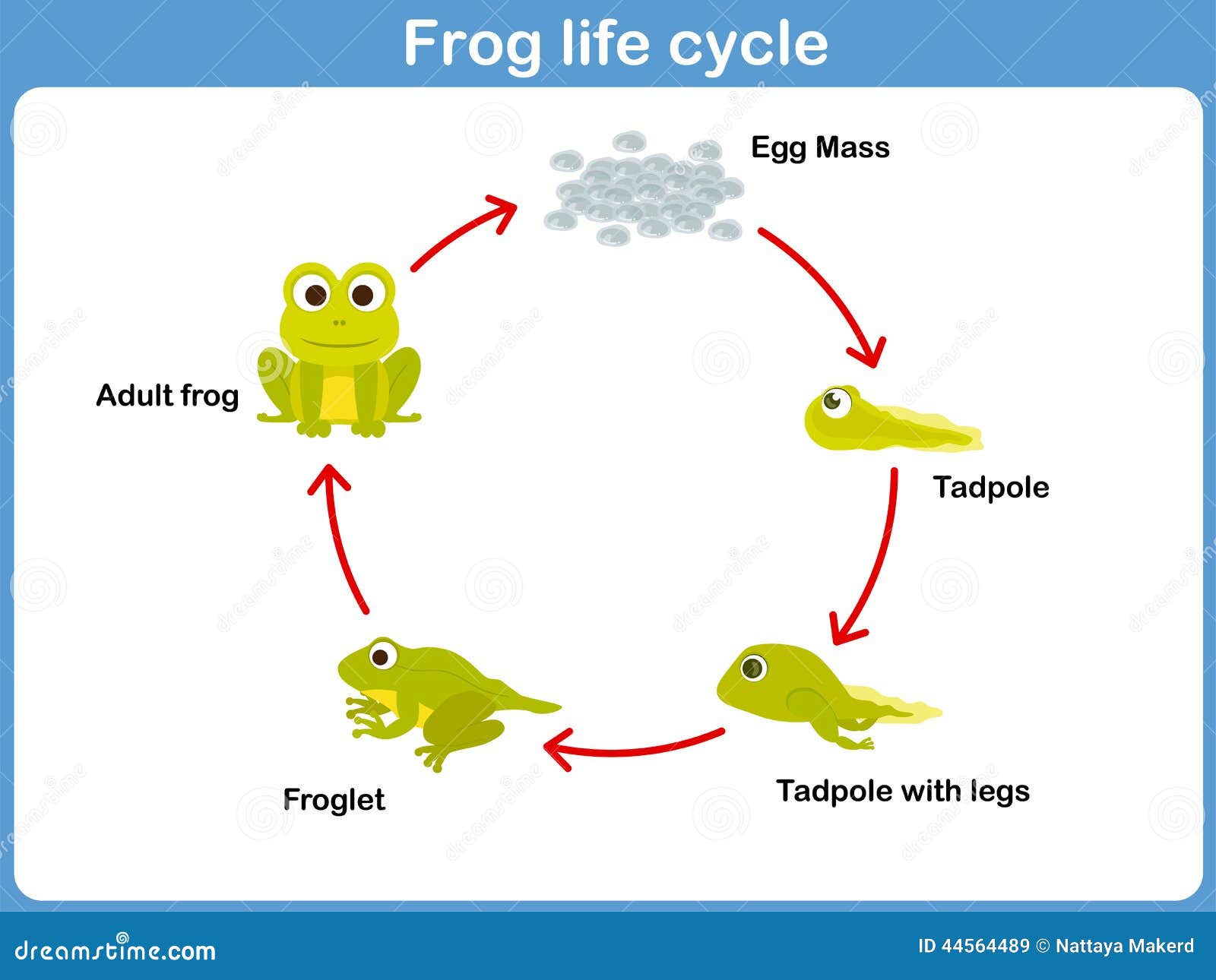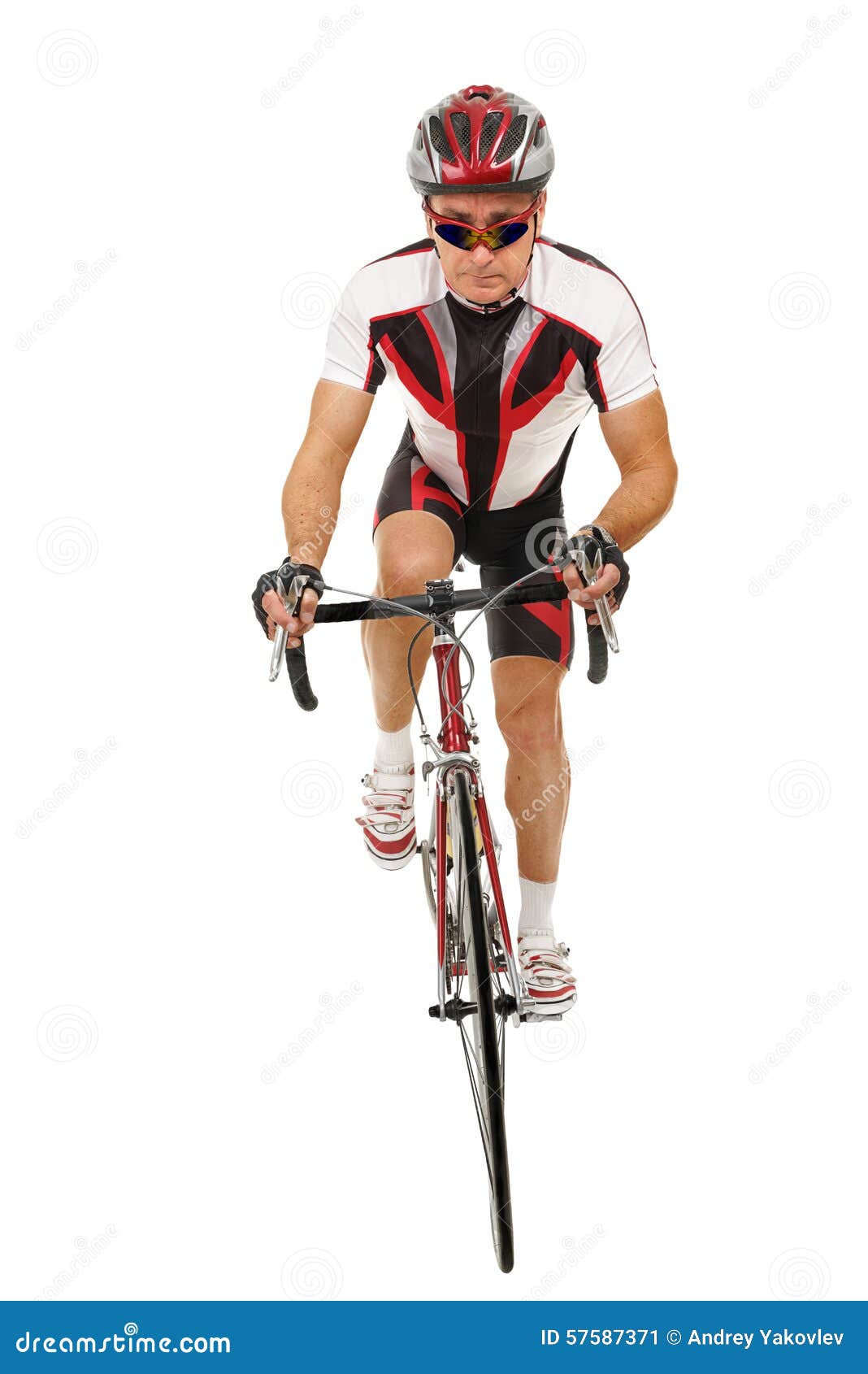

Printed pages are also a strictly visual medium, whereas a web page can have video, audio, and even accessibility features facilitating tactile feedback. We all know web pages can scroll indefinitely, but a printed page is limited by the paper size, and potentially by how much paper a user is willing to expend. Hopefully this tutorial will give you enough comfort with making print styles that you’ll be able to add them to any project without blowing up your budget. Except for some reason you don’t see many of these resources including or even considering the printed page. This method of building is perfect for enabling a developer to support the printed page with little additional effort. Content can reflow navigation can adjust elements can shift in size and position typography tweaks itself – and so on.

Over the last three years we have seen the development of frameworks, templates, tutorials – and even parodies – that mean developers of nearly any skill level are able to create pages that can adapt themselves to just about any screen size a developer wants to support. This flexibility has also led to the rise of responsive web design (RWD), which makes it easier for a web page to adapt to different screen sizes based on CSS using conditional logic. One of the key benefits of this approach is that CSS is generally being used to define the layout of web pages, enabling more latitude for reflowing and reformatting already-coded pages with only CSS changes.

Today table-based layouts have been nearly replaced with div-based constructs and, for those using the HTML5 specifications, other structural and semantic elements. Some of the page elements were removed in order to save paper and ink, even making adjustments to layouts to better fit a piece of paper at a fixed size. This was back in 1998: browsers adopted some of these features (such as print) and as time moved on, forward-thinking developers began to make their table-based layouts printable. This media type told the browser when to apply styles to the page – whether for screen, handheld, or even print. Many eons ago, in the long-forgotten time of table-based web page layouts, web developers had access to a feature of Cascading Style Sheets (CSS) that enabled authors to specify a media type. Requires: Text editor, web browser, printer or PDF-generator-as-printer.Knowledge needed: Intermediate CSS (opens in new tab), basic HTML (opens in new tab).


 0 kommentar(er)
0 kommentar(er)
